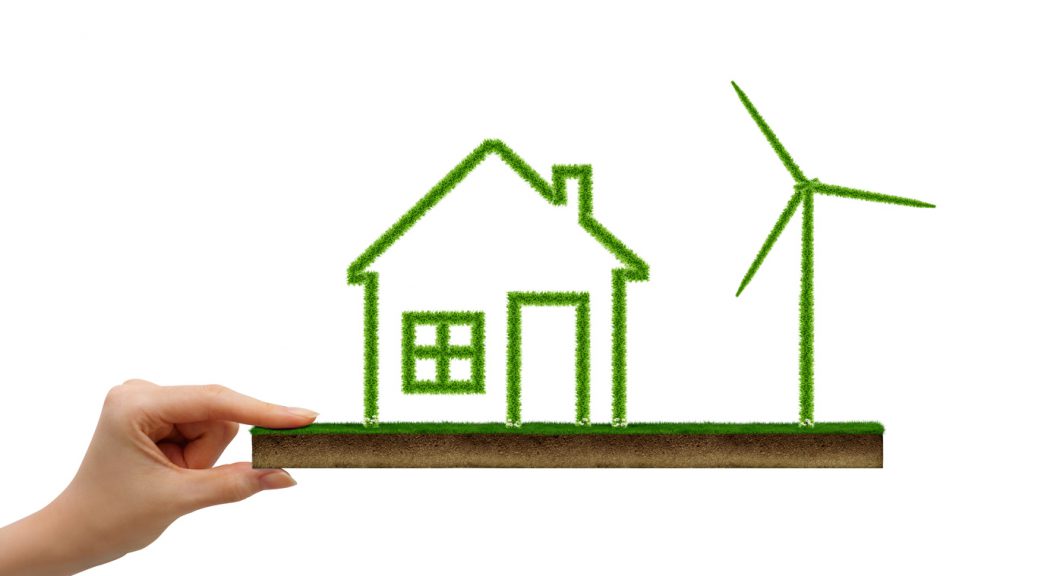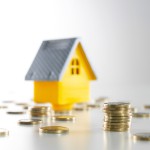This article is intended for two types of buyers. Those who favour the resale value of the property they want to buy and those who wish to go green and buy a sustainable and ecological home, usually Gen Y first-time buyers (Millenials).
Who would have thought that we would see the words “ecological” and “profitable” in the same sentence someday? Within the next 20 years, sustainable and ecological homes will see their value increase. They have a good resale potential.
Ecological homes have many characteristics. First off, its size is equivalent to the household’s needs, it contains healthy and sustainable materials, its energy consumption (heating and cooling) is considerably reduced and its materials have a high recycling potential.
According to Écohabitation, metal roofs, made of painted or galvanized steel, have a life expectancy of more than 50 years. They require no maintenance and are 100% recyclable. Wood, composite wood, and EPDM roofs are almost as durable. Other materials are also recommended, but stay away from asphalt shingles!
The green roof will surely spread to urban areas. It has too many virtues. Do not hesitate to buy a property if it has a living roof, provided it is well built and safe. You have the choice between a more extensive roof (with little cultivation and maintenance) and a less extensive one (with a garden or terrace).
In terms of exterior siding, apart from natural stone, the brick is the most durable material with a life expectancy of 75 years or more. According to Écohabitation, wood, composite wood and metal aren’t that very far behind. Vinyl (PVC) will last for 40 years or more, but its ecological virtues are slim. Fibre cement would not be recommended by the Ordre des architectes du Québec.
Passive solar homes are growing in popularity. These properties have many windows, which are strategically placed to store in the maximum sunshine, thus reducing its energy consumption. The windows are equipped with triple glazing. The building’s insulation and tightness are flawless. The property contains materials that store in heat and redistribute it inside the home, such as concrete and bricks.
Is it really necessary to mention that properties equipped with a solar water heater, solar panels or a domestic wind turbine all have a bright future?

Laminate flooring is very popular in Québec, but it may soon be losing its popularity. It’s not very sustainable and it’s not recyclable. Plus, it gives off VOCs (noxious fumes).
Poured concrete and asphalt for garage entrances and driveways are replaced with paving blocks such as bricks, concrete slabs or crushed stones. Rainwater can flow through the joints.
Grass is also losing ground. It requires too much water and too many chemicals. Stones, pebble beds, large flower arrangements and plants replace it.
Some specialists discourage the use of vinyl for the insulation of doors and windows. They recommend aluminum instead. Studies are under way.
If the coveted property contains materials such as natural stones (granite is abundant in Québec), wood, and brick, that’s great since they absorb carbon dioxide, which is the leading greenhouse gas. They also reduce a home’s energy consumption because these materials store in heat and redistribute it when necessary.
Decks and patios made of durable materials such as stone, wood, composite materials, terracotta and ecological concrete will particularly be sought after.
Images: iStock.com


